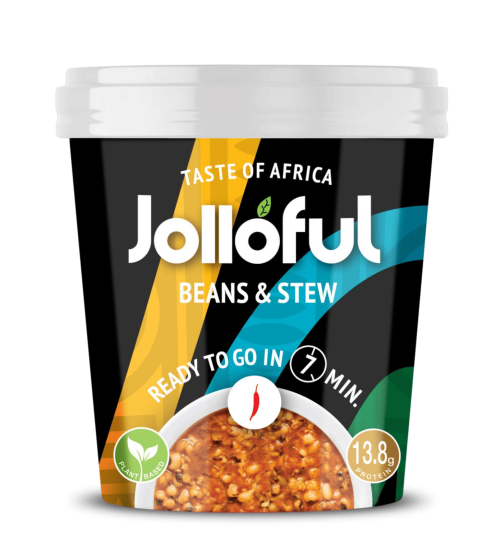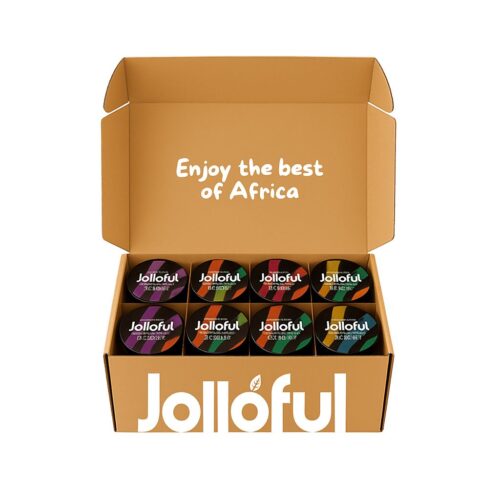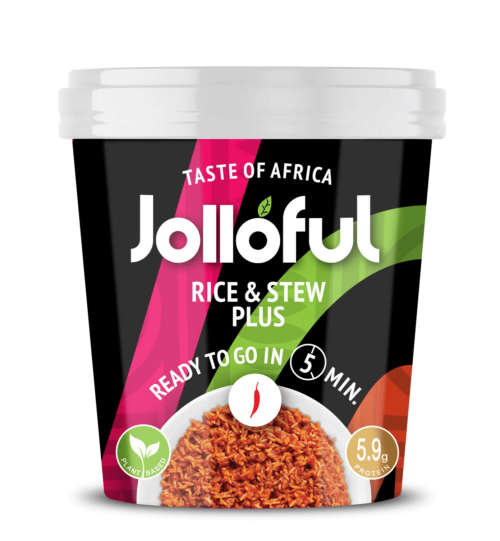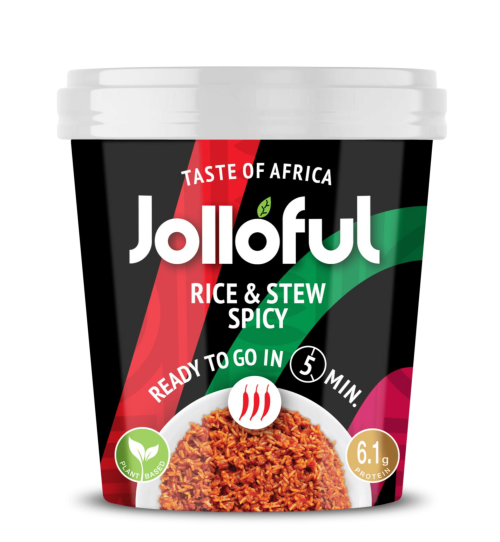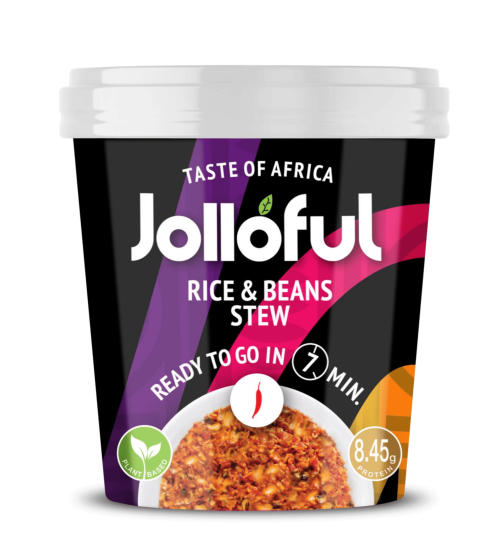promoting the Spirit of
THE RISEN AFRICA
Football unites Africa like nothing else. From pubs to living rooms, fans gather to cheer on their players. Remember the 1990 World Cup? Roger Milla’s electrifying goal for Cameroon and his iconic Makossa dance? It wasn’t just a win for Cameroon; it was a win for all of Africa. His celebration ignited a global craze, making the World Cup a showcase for African culture. The Makossa dance forever changed the football goal-scoring celebration, allowing for a better cultural expression from football players in Africa, Europe, Asia and around the world. The World Cup which drew an estimate of 2.2 billion viewers went a long way in giving viewership to matches aired from Africa, and promoting the spirit of a risen Africa.
Visionaries like Kwame Nkrumah and Nelson Mandela heralded the spirit of a risen Africa. Nkrumah was a core pan-Africanist while Mandela was a true leader who demonstrated leadership by forgiving the people who incarcerated him. Barack Obama’s presidency brought new hope, fueling the “African dream” of limitless possibilities.
African authors like Chinua Achebe, Wole Soyinka, Ngugi Wa’ Thiongo, Nuruddin Farah and Chimamanda Ngozi Adichie have reshaped global literature, receiving prestigious awards for their works. Adichie has taken it a notch further by becoming the mouthpiece for social change in the African society. She has spotlighted all the great things of Africa and the injustices done to Africa.
Creation of Afro-Beats
THE SOUL OF AFRICA:
Afrobeat didn’t just show up quietly; it burst onto the streets of Lagos in the late 1960s, powered by the passion of one man: the legendary Fela Anikulapo Kuti. This wasn’t merely music; it was resistance wrapped in rhythm, consciousness dipped in funk.
From Fela’s legendary Kalakuta Republic—part home, part studio, part rebel headquarters emerged a sound that would eventually echo across continents.
Blending traditional Yoruba rhythms with American jazz, funk, and soul, Afrobeat became the heartbeat of a generation fighting for change. But Fela wasn’t alone in keeping the beat alive. Others picked up the torch, each adding their own twist to the rhythm:
 juma jux
juma jux
 diamond platnumz
diamond platnumz
 TIWA SAVAGE
TIWA SAVAGE
 davido
davido
 tyla
tyla
 juma jux
juma jux
 diamond platnumz
diamond platnumz
 TIWA SAVAGE
TIWA SAVAGE
 davido
davido
 tyla
tyla
 LAGBAJA
LAGBAJA
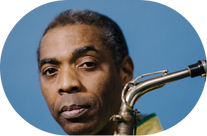 FEMI KUTI
FEMI KUTI
 Amaarae
Amaarae
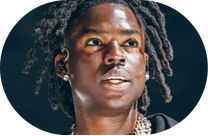 REMA
REMA
 BLACK SHERRIF
BLACK SHERRIF
 LAGBAJA
LAGBAJA
 FEMI KUTI
FEMI KUTI
 Amaarae
Amaarae
 REMA
REMA
 BLACK SHERRIF
BLACK SHERRIF
The original Afro-beat is unmistakable:
Imagine music that didn’t just play—it erupted.
Epic compositions stretching beyond 10 minutes Hypnotic percussion, roaring horn sections, lyrics that tore through corruption and oppression
This wasn’t just music—it was a revolution. It seized your attention and refused to let go.
While Fela’s Afrobeat was politically explosive and musically intricate, today’s Afrobeats delivers:
Dancefloor-ready rhythms, sleek digital production, hooks that stick like glue
Thanks to global superstars like Burna Boy, Wizkid, Davido, Tems, and Rema, the world has tuned in. Burna Boy claimed a Grammy for Twice As Tall, Wizkid triumphed with Essence, and Tems made history as the first Nigerian woman to win a Grammy for her work on Wait for U with Future and Drake. Now, African sounds dominate charts worldwide.
From Beyoncé to Drake, Ed Sheeran to Coldplay—everyone wants a taste of Africa’s sonic fire.
What began in Lagos now ignites dance floors in Tokyo, Paris, London, and New York. The rhythm of Africa has gone global—and it’s only getting louder.

African Food Across Regions
A FEAST FOR YOUR SENSES
WESTERN FLAVORS
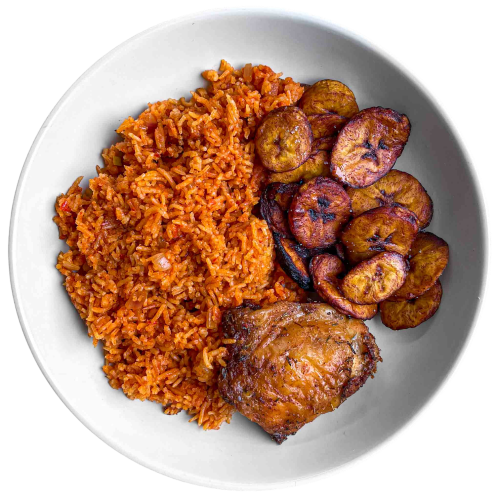
Jollof Rice
(Nigeria)
More than food, it’s an event, a celebration, a friendly competition across West Africa. Vibrant,
tomato-infused, and bold, it hits your taste buds with the same energy Afro-beats brings to your
speakers.
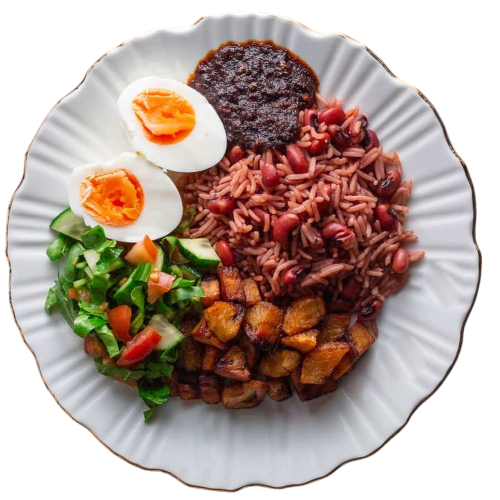
Waakye
(Ghana)
A breakfast symphony: rice and beans with spaghetti, eggs, meat, and spicy shito. So many
layers in one plate, just like a well-crafted Afro-beat track.
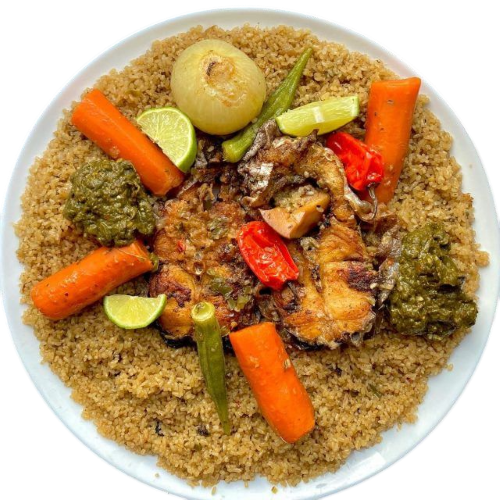
Thieboudienne
(Senegal)
The original one-pot wonder. Broken rice, marinated fish, and vegetables simmered in tomatorich sauce. Many call it the ancestor of all Jollof dishes, just like Fela’s Afrobeat is to Afrobeats.
EASTERN HARMONIES
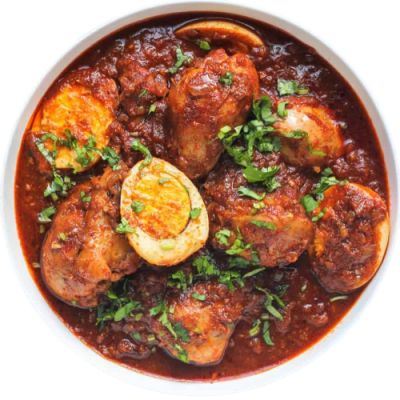
Injera with Doro Wat
(Ethiopia)
Scoop spicy stew with sourdough flatbread, share from one big platter, and feel the communal
rhythm. It’s the culinary equivalent of a united crowd grooving to the same beat.
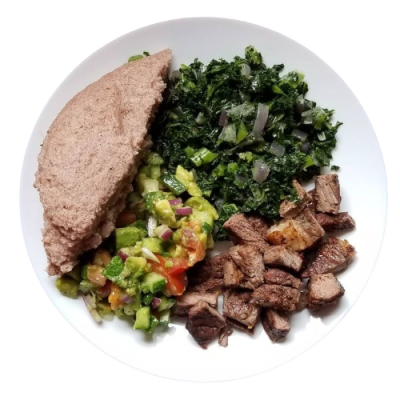
Ugali & Nyama Choma
(Tanzania)
Simple. Satisfying. Thick maize porridge paired with perfectly grilled meat. Best enjoyed with
clean hands and good company.
NORTHERN COMPOSITIONS
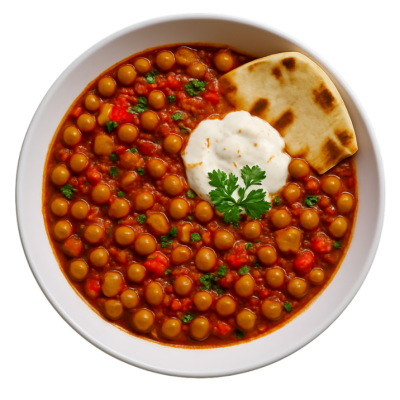
Tagine
(Morocco)
Slow-cooked meat, veggies, and dried fruits spiced to perfection in a clay pot. A dish for
unhurried storytelling; much like Fela’s immersive compositions.
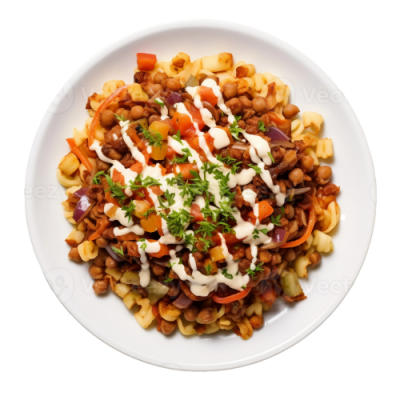
Koshari
(Egypt)
A bold mix of rice, pasta, lentils, chickpeas, and fried onions layered in spicy tomato sauce. Its
unexpected harmony; chaos transformed into symphony.
SOUTHERN MELODIES
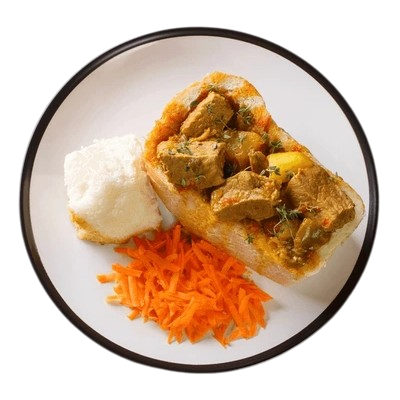
Bunny Chow
(South Africa
)
A hollowed-out loaf filled with curry. Born during apartheid, it stands as a delicious symbol of
resilience, just like Afro-beat, which turned pain into power.
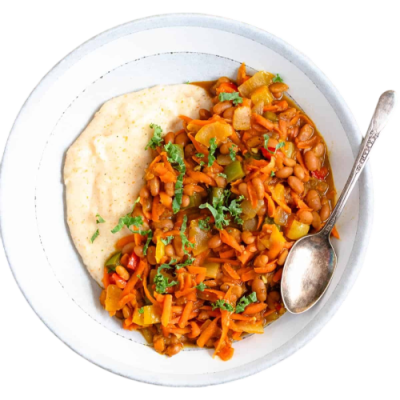
Pap & Chakalaka
(South Africa
)
Comfort food with history.
Maize porridge and spicy relish that once fueled mine workers, now lighting up plates at braais
across the nation.
THE CULTURAL REMIX
Both Afro-beat and African cuisine are having a global moment; sampled, fused, reimagined yetdeeply rooted in tradition and community. Their essence, their soul, remains unmistakablyAfrican.
Our food cups bring these bold flavors to you, letting you taste Africa wherever you are. Maybewith some Afro-beats playing in the background
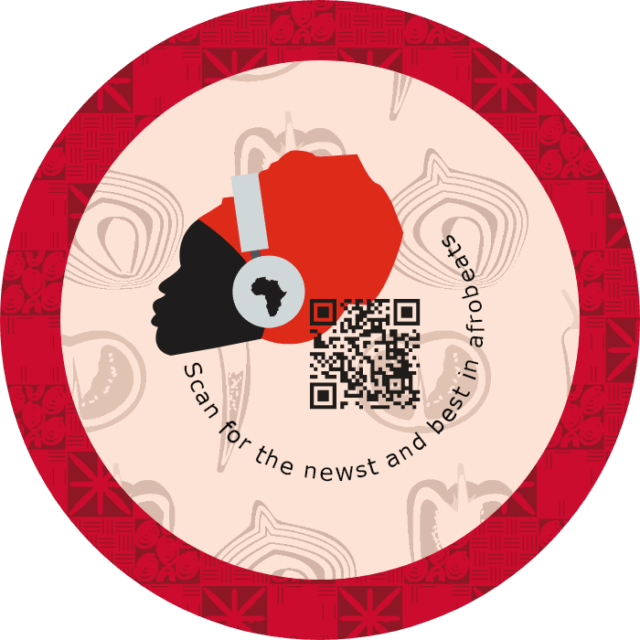
AT JOLLOFUL, WE CELEBRATE THIS VIBRANT CULTURAL EXCHANGE
Because when rhythm meets flavor, something magical happens.
Feel the beat. Taste the soul. This is Africa’s gift to the world.





